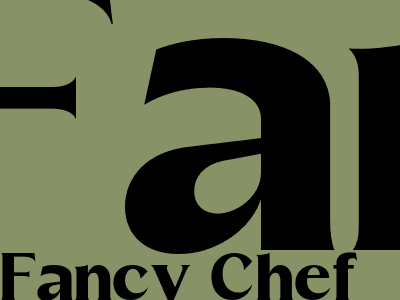SEO-Optimized Blog Post Guidelines
Crafting Content That Ranks and Connects
Introduction
In today's digital landscape, search engine optimization (SEO) is essential for businesses to reach their target audience online. Google and Blogger.com, two of the most widely used platforms, provide valuable tools for optimizing content and improving visibility. This comprehensive guide will explore best practices for creating SEO-compliant blog posts that rank highly in search engine results and engage readers.
Content Quality and Value
The foundation of effective SEO is high-quality content that provides value to readers. Google's search algorithm prioritizes content that is informative, relevant, and meets the user's intent.
To create valuable content, focus on the following:
- Thoroughly research your topic.
- Provide in-depth analysis and insights.
- Address specific user queries.
Keyword Research and Optimization
Keyword research is crucial for identifying the terms and phrases your target audience is searching for. Incorporate these keywords naturally throughout your content, including in the title, headings, and body text.
Avoid keyword stuffing, as Google penalizes content that is over-optimized for keywords.
Headings and Structure
Headings and subheadings break down your content into logical sections, making it easier for readers to navigate and understand your points.
Use
for the main title, for main subheadings, and for further subsections. Internal and External Linking
for further subsections. Internal and External Linking
Internal links connect your blog posts to each other, helping Google understand the structure and relevance of your content.
External links to reputable sources provide additional credibility and back up your claims.
Image Optimization
Images can enhance the user experience and improve SEO. Optimize your images by:
- Choosing high-quality and relevant images.
- Using descriptive filenames for alt tags.
- Compressing images to reduce load time.
Website Speed and Usability
Google considers website speed a ranking factor. Ensure your blog loads quickly by optimizing images, minifying code, and using a caching plugin.
Additionally, focus on creating a user-friendly website with clear navigation, legible fonts, and ample white space.
Ongoing Maintenance and Monitoring
SEO is an ongoing process. Regularly update your content, track your performance, and make adjustments as needed.
By following these best practices, you can create SEO-compliant blog posts that rank highly in search results, engage your audience, and support your business goals.

Comments